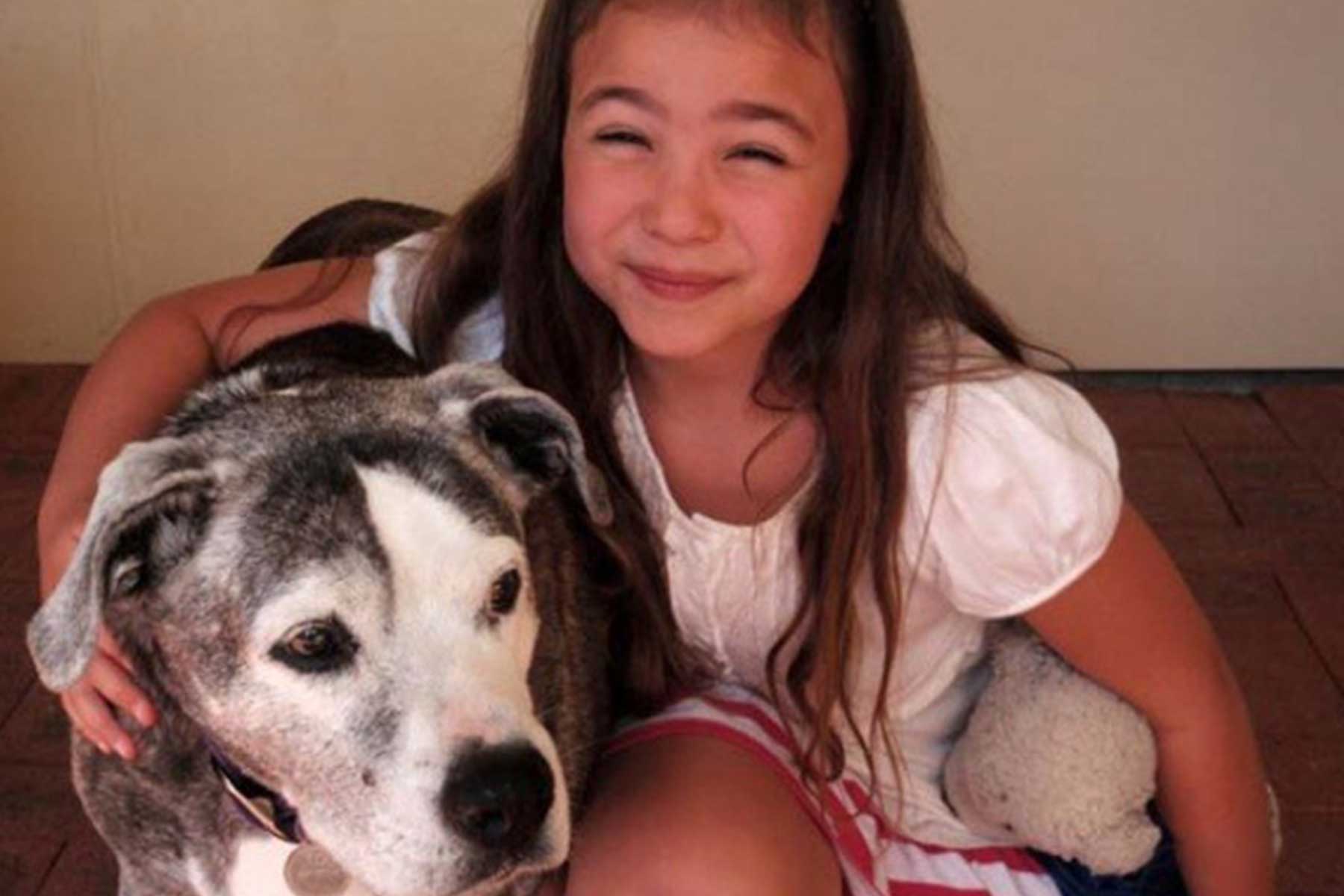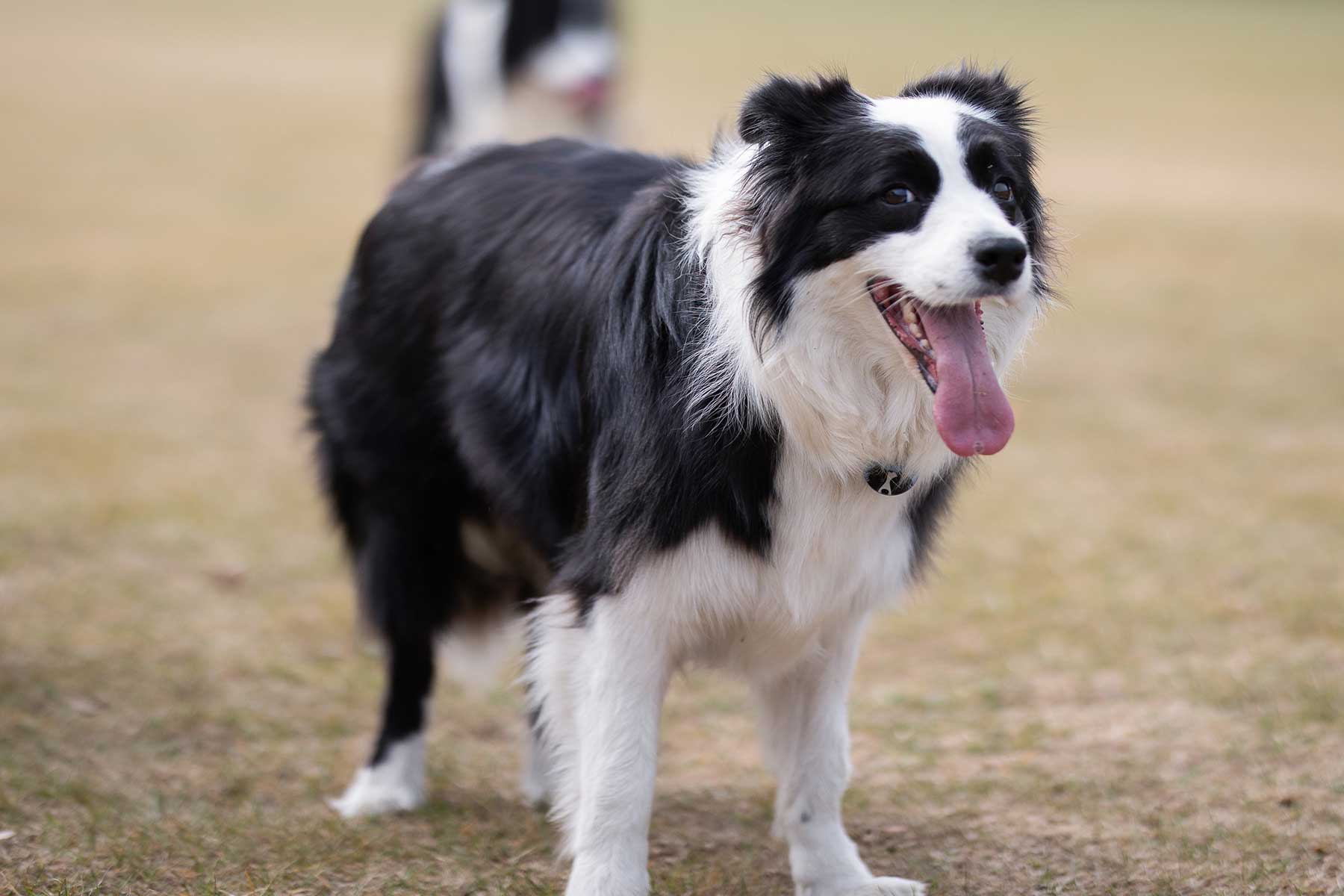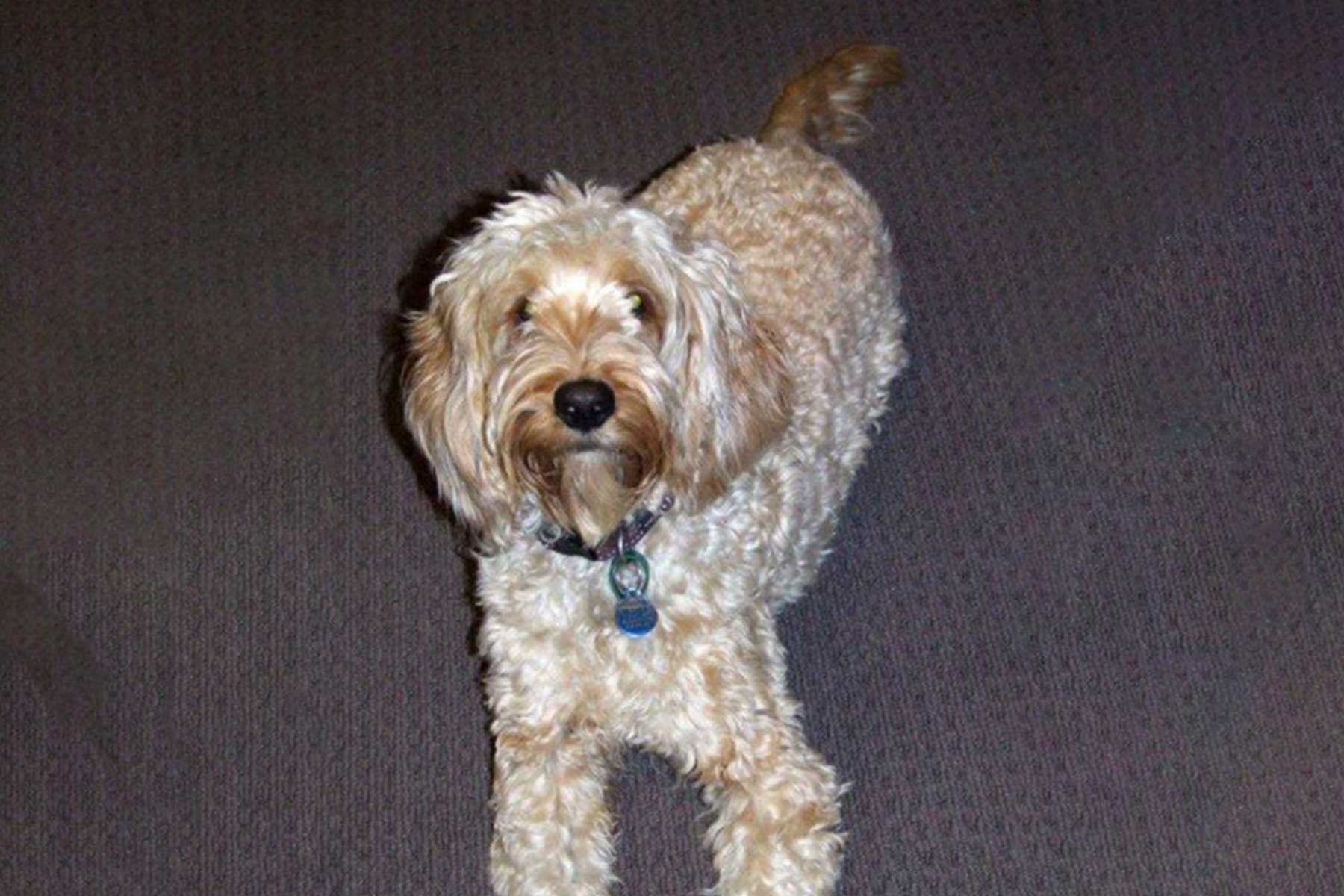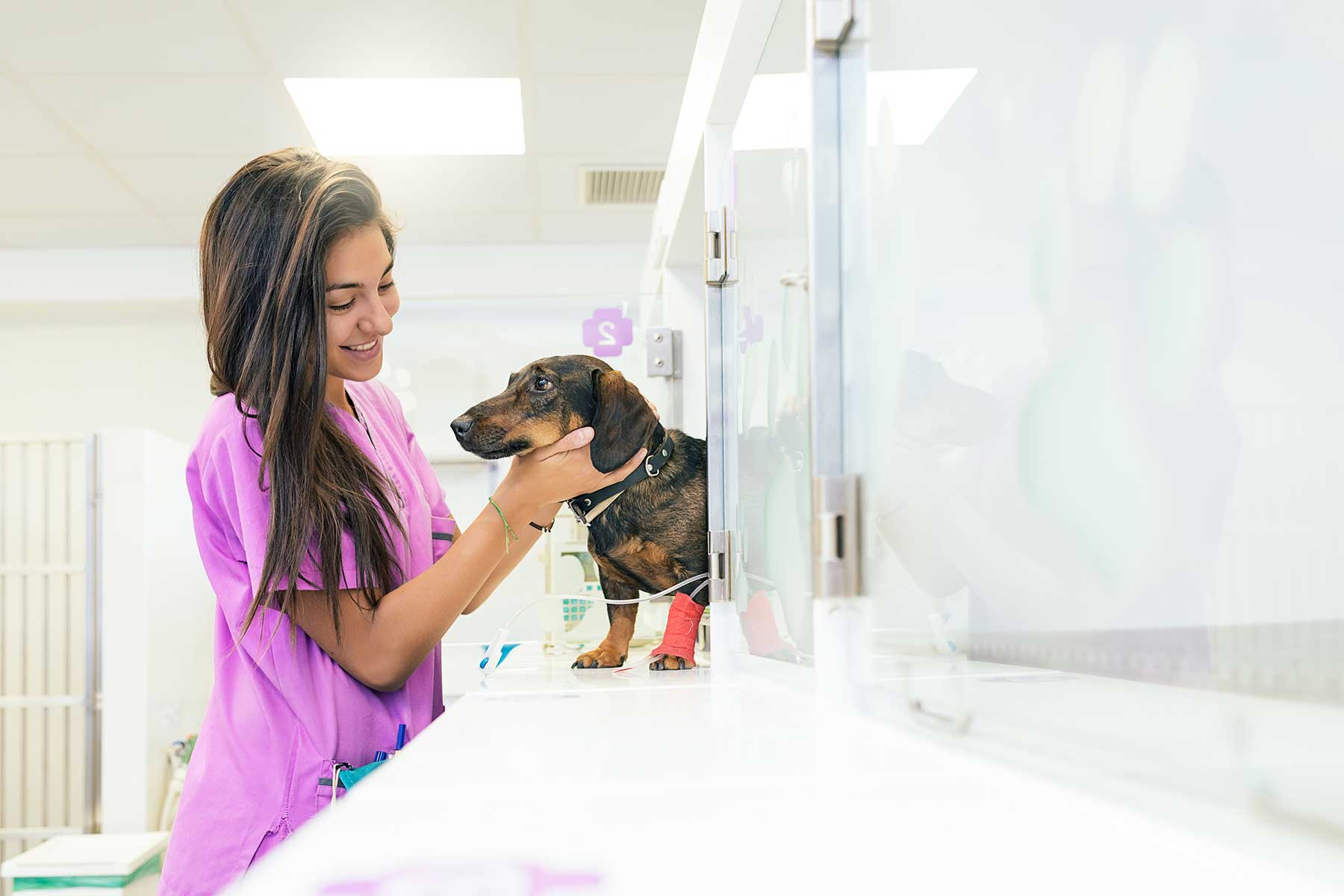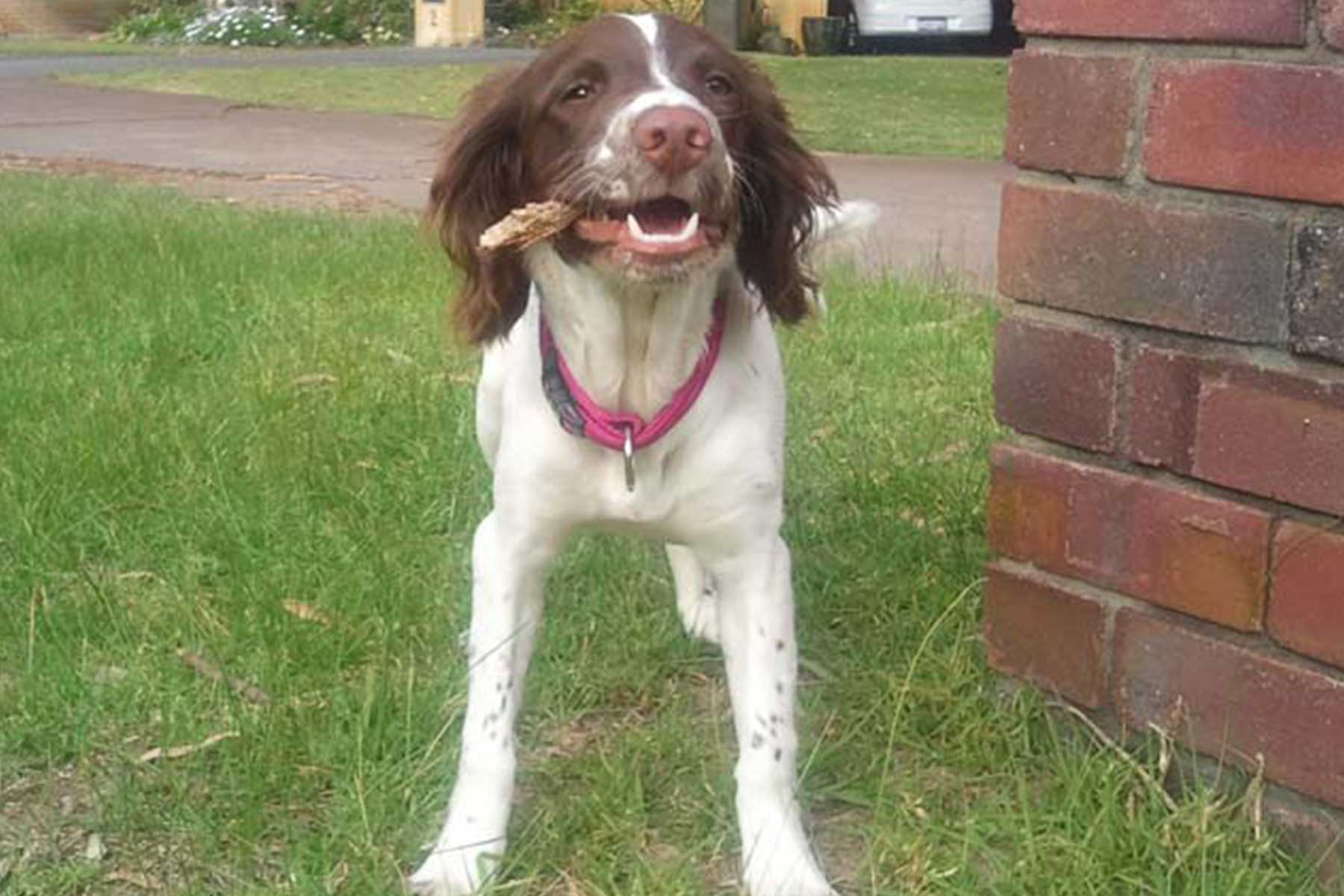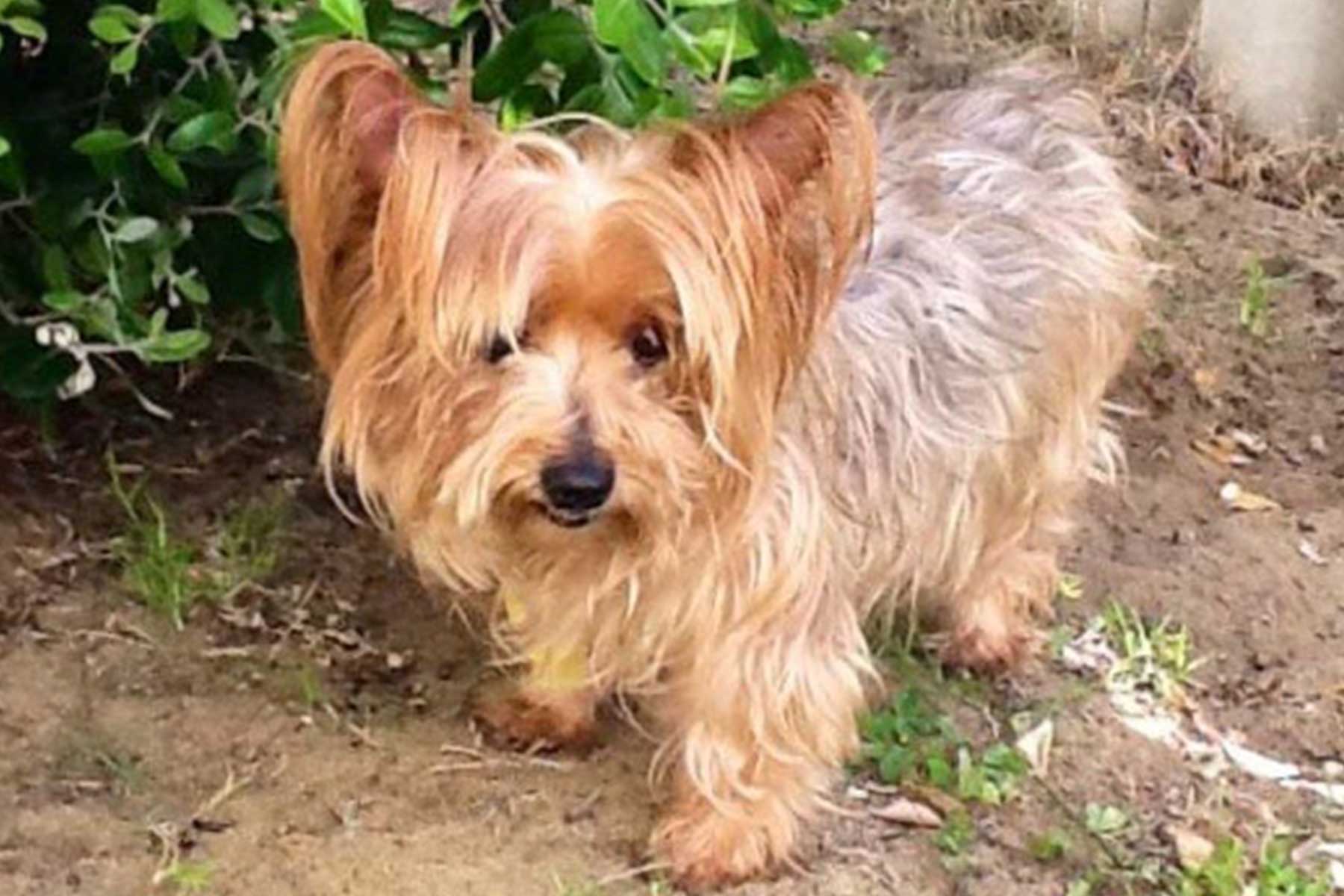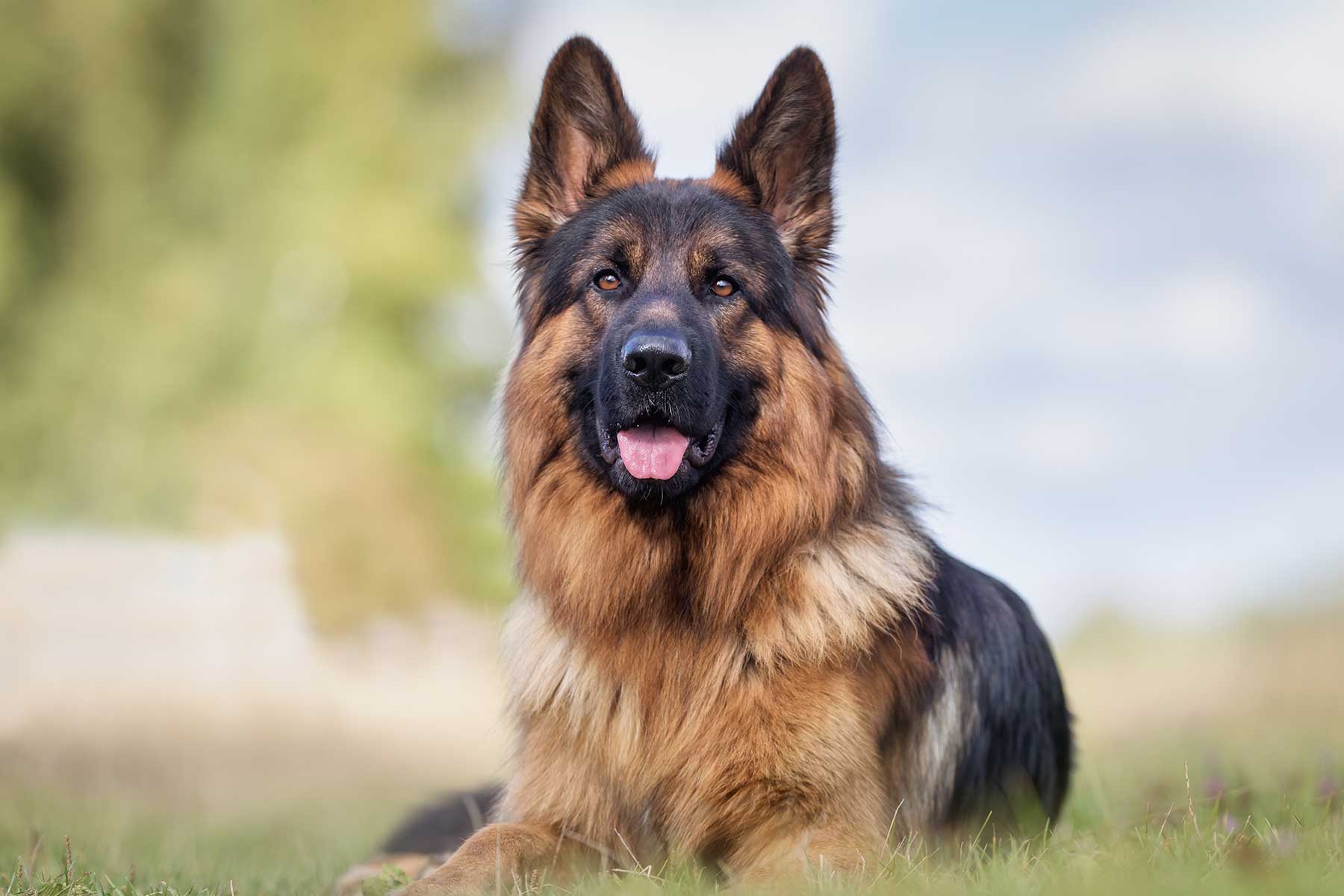Some of the more common concerns that we see are related to issues of pets not wanting to eat their food. The issues can range from not enjoying their food, or dental disease resulting in it being painful to chew or it can be bigger issues such as something going on internally.
Jess, a 9-year-old Golden Retriever came for a visit when her owner noticed that she was not eating. As a Golden Retriever, we know that they are famous for being very good eaters all the time. Jess’ owners knew something was amiss when Jess started turning her nose up to food, and they were observant enough to notice that Jess was looking a little more round in her tummy despite not eating.
Dr Charmaine had seen Jess two weeks prior for an unrelated issue, and in this visit, she was able to feel that there was something in Jess’ abdomen which she knew was not quite right. Dr Charmaine proceeded to do an AFAST which is an ultrasound scan that can be done in the clinic to check for free fluid, and together with an x-ray, we determined that she had a large mass coming from her spleen. Jess was also looking pale, and on bloodwork, we determined that she was also anaemic which is common for dogs with splenic masses.
Splenic masses are commonly seen in dogs, often when they are older. Some breeds of dogs such as Golden Retrievers and Labrador Retrievers are more often seen with splenic masses. There are two types of splenic masses – one type is called a splenic sarcoma which is cancerous, and the other type is called a haematoma which is not. A haematoma forms very quickly and over a very short period as it is a very quick bleed into the spleen. A splenic sarcoma takes a longer time to form. With splenic masses, the most pressing issue is that they tend to rupture, which can cause a severe bleed into the abdomen of the dog which results in collapse. To treat a splenic mass we remove the spleen and send it off to the lab for testing in a process called histopathology to determine which type of mass it is.
In Jess’ case, her lovely owners agreed to remove the mass and send some samples off to the lab for testing. Dr Jennifer and Dr Charmaine went to surgery with Jess the next day after we found the mass. The surgery went smoothly, and she recovered well with no issues afterwards. It was a big surgery, and Dr Katharine kindly brought her dog in to be on standby for a blood transfusion if Jess ended up bleeding too much in surgery. We were all very relieved when everything went so smoothly. Jess’ splenic mass was a whopping 3.2kg, one of the biggest masses our veterinarians have ever seen! Jess’ samples came back reporting that she had a haematoma, which was very good news as no other intervention is needed for Jess apart from monitoring her anaemia.
Unfortunately for other dogs who have splenic sarcomas, we recommend checking for further metastasis of the cancerous cells to other parts of the body such as into the lungs, and further treatment could possibly be needed such as chemotherapy.
Jess came back to revisit post-surgery to ensure that her wound was healing well. Her owners are very happy that she is now back to her normal self and doing well. Jess is back to eating her food like a champion and playing with her young humans at home! We are all very grateful that she recovered so well post-surgery.
It is very important to see your veterinarian as soon as possible if you notice your pet is unwell and not eating their food. A thorough check-up is important to know what the cause of the inappetence is and early intervention, especially for cases like this, is highly important. Early treatment is always better as it gives us the best chance to help your beloved pet back to health.

